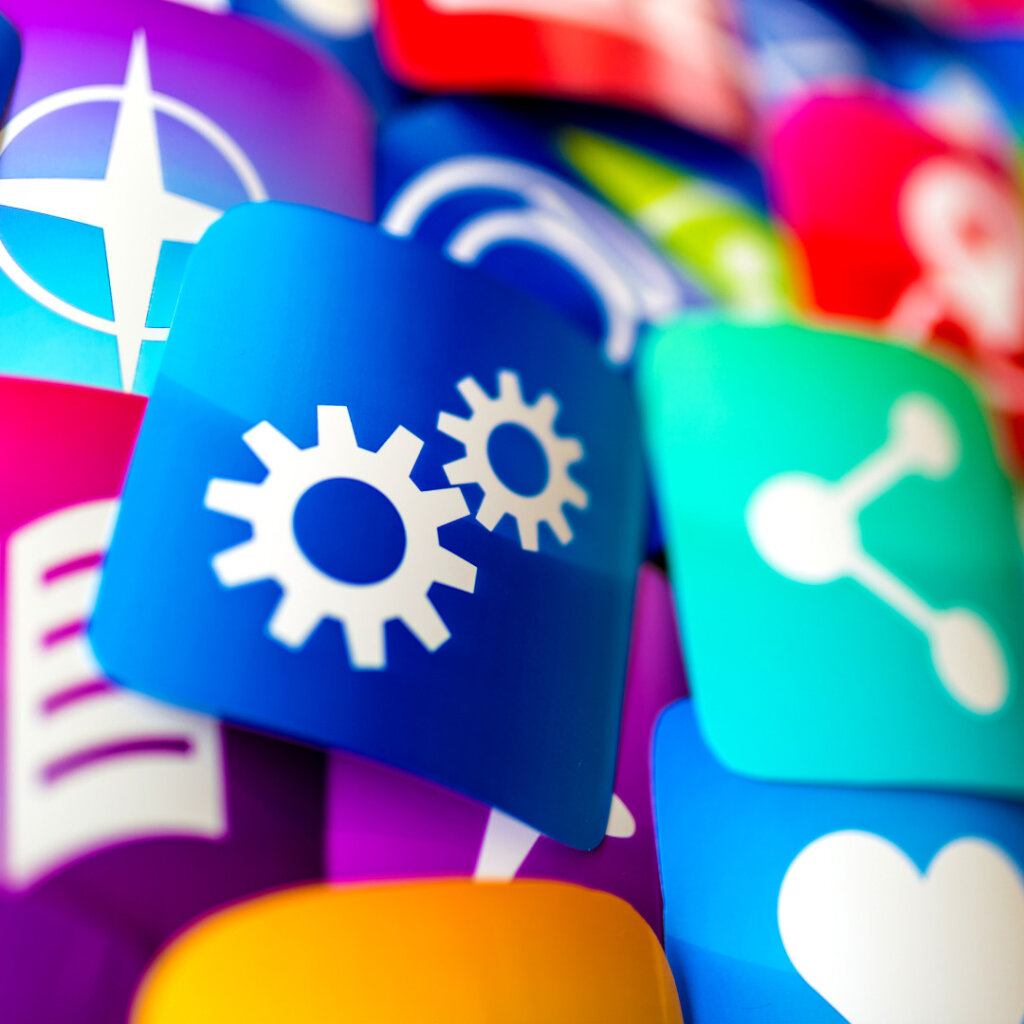Flutter – Discovering More About This Multiplatform for Business
Modern digital businesses try to be as accessible as possible to their customers. To do this, many companies are trying to make multi-platform applications, so people can interact with the company’s products not only on their smartphones but also on computers and smart TVs. To accomplish this goal, business owners use a development strategy with […]
Industry Trends
Technologies

Modern digital businesses try to be as accessible as possible to their customers. To do this, many companies are trying to make multi-platform applications, so people can interact with the company’s products not only on their smartphones but also on computers and smart TVs.
To accomplish this goal, business owners use a development strategy with a lot of experience. In this article, we will learn about Flutter’s multi-platform nature, its uniqueness, and how it helps developers easily implement multi-platform development strategies by supporting cross-platform development.
Many Applications
Everyone has at least 15 applications on their smartphone. People use applications for communication, social networking, everyday tasks, shopping in online stores, and conducting banking operations. This has made our lives much simpler and more elegant. Although there are millions of such programs, many of them will only be used by a small percentage of people.

Users want to access the same application on different devices, such as desktops, mobile devices, tablets, and smartwatches.
This means that there is fierce competition between applications, and users prefer high-quality programs that not only meet their needs but also provide a rich experience on different platforms.
User experience and customer satisfaction are critical factors for any application to achieve business excellence and higher revenue. That is why companies are more focused on the development of multi-experience.
Flutter is one of the technologies developed to create a program for development on multiple platforms.
Flutter is growing in popularity among developers.
According to Google, “almost half a million developers” now use its open-source Flutter framework every month. In addition, Google announced an 80% increase in the number of programs created by Flutter in the Play Store, as Flutter 1.20 was released in 2020.
According to one survey, the Dart language is the most comfortable to use in development.
Flutter multiplatform vs. native apps.
Before creating an application for one or more platforms, the project manager must decide whether to develop a fully native application or use a cross-platform approach to application development. It depends on the customer’s needs for their company. When we see typical cases where multiplatform is required, the manager immediately invites the client to get acquainted with Flutter. Sometimes Flutter is used for accelerated MVP development, even if the client later wants two native applications.

Creating native or cross-platform applications has its pros and cons. The native application is highly efficient and gives the application an original look, but it is still very expensive and time-consuming if created for different platforms. After all, two separate developers or more will need to work on it.
On the contrary, the implementation of a cross-platform approach for multi-platform development takes less time and also has lower development costs.
Therefore, developers need something that can solve problems with the development of cross-platform applications, and that’s where Flutter comes in.
What makes Flutter unique among cross-platform development technologies?
Unlike other frameworks, Flutter has no bridge or context switch between the platform and one’s application. Flutter app development only requires Canvas and Events to render the widgets to appear on the device screen and access services such as geolocation, sensor, camera, audio, and Bluetooth, etc. Furthermore, the application is compiled in AOT (Ahead of Time) instead of JIT ( Just in Time) like JavaScript.
Other approaches
Let’s understand how it contrasts with other ways of app development for multiple platforms:
- Build separate applications for different platforms
You can create separate applications for different platforms, in which case your code will call the built-in interface elements of the platform, but the disadvantage is that each code base will be written in a different native language. This requires the participation of several developers who have the ability to make applications a kind of specific platform.
As a result, the development team must maintain consistency between each code base to maintain the same set of features as the program grows.
- Build cross-platform with a single codebase but using Web Views and Bridge
Another approach we can use is a single code base for cross-platform development, but it uses Web Views and Bridge. Using a bridge to connect to the platform reduces the performance of your application. The main example of this approach is the implementation of cross-platform in React Native. It is easy to notice with your own eyes and in various tests that the application written on React Native is slower in its work than the application on Flutter.
Conclusion
The satisfaction of the developer framework, the growing popularity among novice programmers, and the personal love for Flutter of the author of this article, who moved from web development to multiplatform thanks to Flutter, show that Flutter has a great future. Among the expected improvements, the Google team announced SEO support for web applications written with Flutter. Also expected is the release of a new multi-platform operating system Fuschia, whose interface is created using Flutter.
From the above discussion, we can conclude that Flutter is gaining popularity for its features. It has simplified the development of cross-platform applications due to its unique architecture.
Thanks to Flutter Multiplatform, business owners can implement a strategy of developing for different platforms with a single code base, without worrying about cost and quality issues.
Swan Software Solutions can help create reliable, scalable, and affordable programming to meet your company’s needs. To schedule a free assessment, contact us today!




